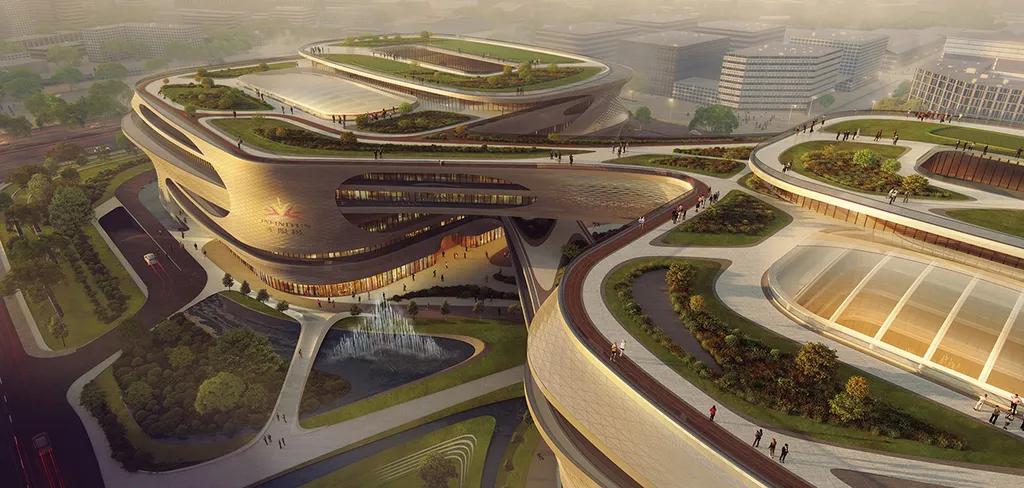In the bustling heart of Guangzhou, a groundbreaking construction technology is making waves, promising to revolutionize the way we build in tight spaces. Zhicheng Liu, a leading expert from Guangzhou Metro Group Co., Ltd., has spearheaded a novel approach to pile foundation construction, particularly in low-headroom environments. This innovation is not just a local success story but a potential game-changer for the global construction and energy sectors.
The challenge was clear: constructing large-diameter steel pipe piles in the confined spaces beneath Tianhe Road Station on Guangzhou Metro Line 10. Traditional methods fell short, but Liu and his team devised a solution that combines a full-casing rotary drilling rig with a cluster-type ring-cutting down-the-hole (DTH) hammer. This combination enhances drilling efficiency and adaptability, making it possible to work in spaces previously deemed too restrictive.
“Our technology addresses the critical need for efficient and safe construction in low-headroom environments,” Liu explained. “By optimizing equipment configuration and construction processes, we’ve significantly improved hole-forming efficiency and quality.”
The implications for the energy sector are substantial. Offshore wind farms, for instance, require large-diameter piles to anchor turbines in the seabed. The ability to construct these piles efficiently in tight spaces could accelerate project timelines and reduce costs. Similarly, in urban areas where space is at a premium, this technology could facilitate the construction of deep foundations for high-rise buildings and infrastructure projects.
The proposed technology not only enhances construction safety but also offers a reliable method for quality assurance. This is crucial for projects where the integrity of the foundation directly impacts the overall stability and longevity of the structure.
Published in the journal *Chengshi guidao jiaotong yanjiu* (Urban Rail Transit Research), Liu’s work provides a valuable technical reference for future projects. The successful implementation of this technology at Tianhe Road Station serves as a testament to its potential, offering a blueprint for similar projects worldwide.
As the construction industry continues to evolve, innovations like Liu’s are paving the way for more efficient, safer, and cost-effective building practices. The ability to overcome the challenges of low-headroom environments opens up new possibilities for urban development and energy infrastructure, making this research a significant step forward in the field.

